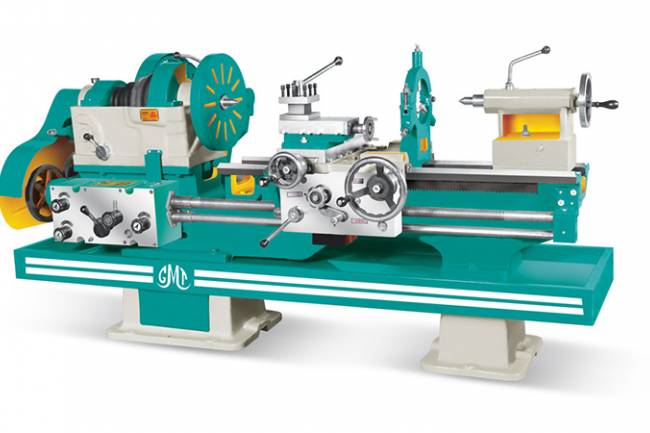
Importance Of Steam Learning For Adolescents
STEM education is the acronym that groups the disciplines of Science, Technology, Engineering and Mathematics, for its acronym in English ( Science, Technology, Engineering and Mathematics ).
Recently, the A, for Arts or Humanities, has been added to this acronym, resulting in STEAM, because the humanistic vision will be a central element in knowing how to manage the profound digital transformation of current culture, which has fundamental ethical implications.
The STEM model alone misses key components that many employers, educators, and parents see as necessary for children to thrive and adapt quickly.
Learning these subjects is very important for the training of future innovators.
Students who study STEAM take calculated risks, partake in experiential education, persevere in problem-solving, value teamwork, and go through the creative process.
They will be the innovators, educators and leaders of the 21st century. In a globalized and increasingly complex world, companies are looking for professionals with this knowledge.
However, they are profiles that are scarce. In fact, the lack of professionals with these basic skills to fill jobs in the high-tech industry was the big driver that gave birth to STEM and, later, STEAM.
The fourth industrial revolution requires a workforce with these new skills, which range from automation, artificial intelligence, advanced robotics or the Internet of Things, to critical thinking, conflict resolution and the ability to adapt to change, among others.
The immense challenge is that you have to prepare students for jobs that don't even exist today.
It is thus that the professional profile of the nomad or knowledge nomad, with a global vision and the ability to adapt to circumstances, is gaining relevance and will be the most competitive and required by companies from now on.
For this reason, to face the new challenges of the future, that’s why Blue Bells Public School prepare children from an early age so that they are oriented towards studying STEAM subjects and careers as a basis for their vocation and professional development.
Project-based collaborative learning
Studying with a STEAM approach requires it to be done in an interdisciplinary and collaborative way, where learning academic concepts is combined with real-world lessons.
Students apply science, technology, engineering, mathematics, and the humanities in contexts that make connections between the classroom and the world around them, through project-based learning and working in groups.
It must be a fluid, dynamic and relevant educational environment for today's world. The school extends beyond its four walls.
How is a STEAM education model achieved in practice?
Teachers can introduce STEAM teaching in various ways, relying on multimedia resources, which allow the active participation of students.
The understanding of teachers is very important, as they will be able to promote transversal projects, which are worked on from the perspective of different subjects.
The classroom setup for STEAM classes is key when it comes to implementing projects. They must have maximum flexibility to be able to bring groups of students together to develop an activity or experiment in group workstations.
How to implement a STEAM educational process in the classroom
There are experts who lay out six steps to creating a STEAM-focused classroom, no matter what area you teach.
At each step, the student is working on both content and artistic standards to address a core problem or essential question.
1. Clear focus. Students select a question or problem that they must answer or solve. The starting point needs to be clearly established by teachers, who should also ensure that it supports all areas of learning.
2. Correlated details. Students begin their investigations and discover relationships between the different subjects of study, which allows them to identify why the problem exists and how to approach it from different perspectives.
3. Discovery. It is the active research phase, where students see the solutions to the problem that are not working and propose their own solutions. Teachers here help students bridge gaps or explicitly teach skills or processes that will help them in creating their solutions.
4. Application. Students move on to practice, using their knowledge and skills to create a practical solution to the initial problem posed, in a prototyping phase.
5. Presentation. It is an important phase to be able to share the results of your findings and the solution obtained with the rest of the class and thus receive feedback.
6. Closing of the cycle. Students have the opportunity to review their solutions, incorporate the reflections of the other students, and produce an even better solution, if necessary.
From all this, advantages for adolescents are obtained such as the following:
- They improve their learning process through the exploration of concepts.
- They experiment with their own hands, they can see what the process is like, fail and build again.
- It teaches them how to solve problems through the use of critical thinking skills.
- They apply the concepts learned to practical cases in real life.
- Youth are introduced to future careers related to STEAM.
- They learn to work as a team because collaboration is an important component of this teaching
In a 2016 study conducted in the United States, it was shown that elementary school students who received nine hours of STEAM instruction per week improved their achievement in science. In another previous study, it was seen that there is a connection between STEAM and the improvement of literacy, mathematics and critical thinking of students, which has a positive impact on their cognitive development.
STEAM activities during the pandemic
Taking advantage of the pandemic situation, in which most young people are studying from home, we can complement their studies with some activities that stimulate the use of STEAM.
You can buy kits to do basic STEM tasks at home, as well as how-to guides or tutorials on how to do experiments with basic elements. It is an easy way to insert adolescents into the world of STEM, guiding them to science and creating awareness in them about environmental conservation:
Fostering the preservation of the planet in the youngest through this type of education allows children to better understand humanity's relationship with nature and the need to seek alternatives to the current economic production model.
They are the consumers of tomorrow, the ones who will demand products and services that are respectful of the natural environment, such as clean energy or sustainable mobility.
We can promote STEM learning in adolescents in different ways:
- Enrol them in virtual courses where they can learn these subjects.
- Accompany them in the assembly of STEM kits for the home.
- Connect STEM learning with play through gamification.
- Provide them with a space in the garden or patio to do science practices.
While STEM initiatives are a promising start, the STEAM approach, including the Humanities, is more encompassing, because it includes the critical process of creativity and innovation.
STEM alone does not foster creation and ingenuity, critical to today's economy. Going to the next level allows the child to experiment with the principles of artistic practices, design, user experience processes and constant critical questioning about the ethical elements of all innovation.












